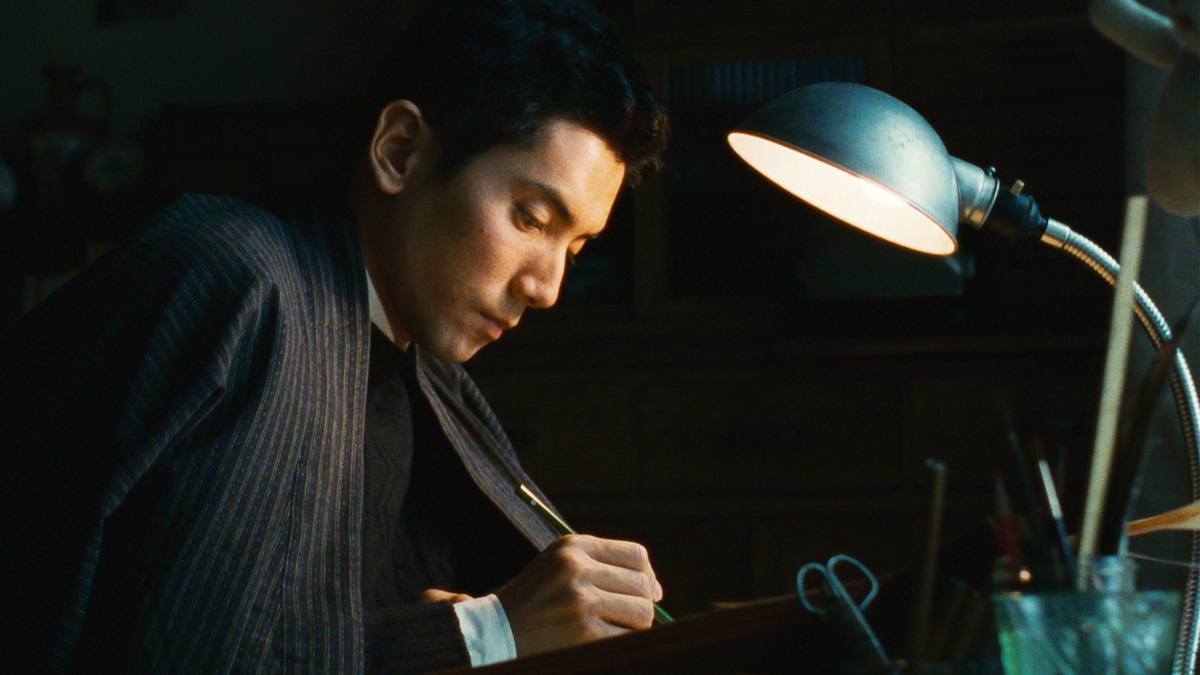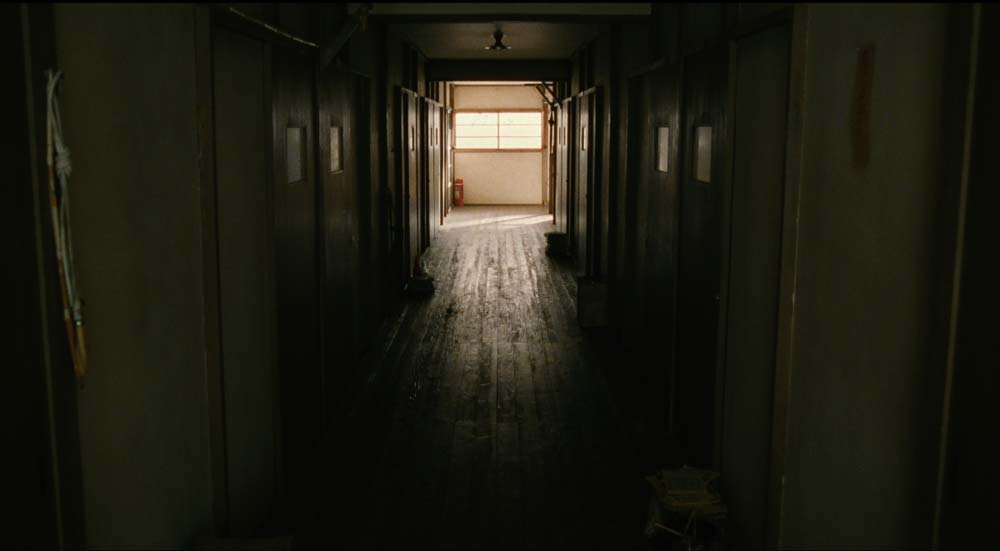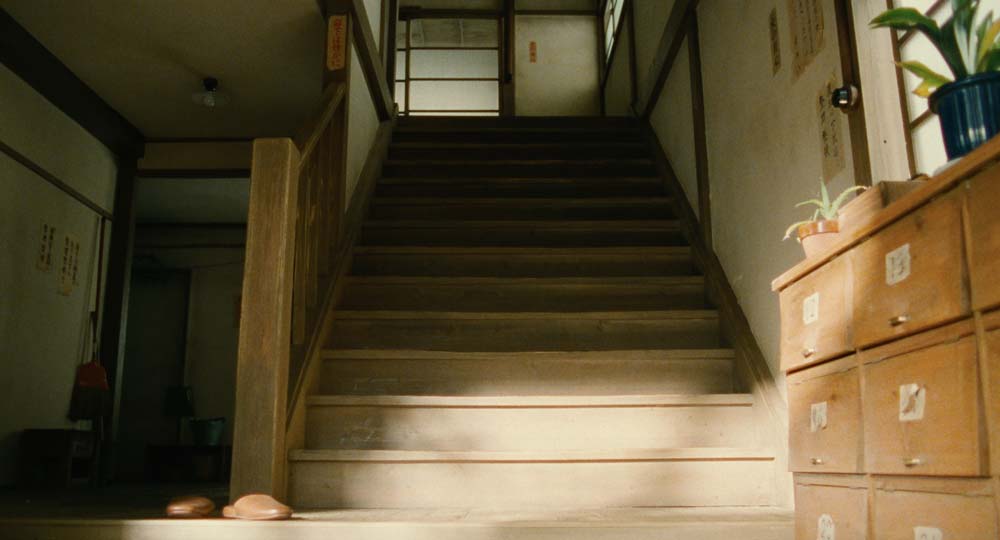
©1995/2020 Culture Entertainment Co., Ltd
"Tokiwa-so's Youth" The light and shadow of young manga artists drawn in the legendary apartment (Part 2/Photography part)
2021.02.13
“Tokiwa-so's Youth” synopsis
Tokiwaso is a wooden apartment building located in Toshima Ward, Tokyo. Osamu Tezuka (Sou Kitamura), the ``God of Manga'', lived there, and editors visited him day and night. Hiroo Terada (Masahiro Motoki), who lives in the room across the street, watches the situation and continues to diligently bring the book to the publisher. Eventually, young aspiring manga artists move in one after another, replacing Osamu Tezuka who left Tokiwa-sou. Hiroshi Fujimoto/Fujiko F. Fujio (Abe Sadao), Motoo Abiko/Fujiko FujioⒶ (Takuji Suzuki), Shotaro Ishimori (Koji Sato), Fujio Akatsuka (Yoshiyuki Omori), Naoya Moriyasu (Arata Furuta), Shinichi Suzuki (Katsuhisa Namase). Jiro Tsunoda (Kaei Okina), who lives nearby, also frequents Tokiwa-so. They were all contributors to ``Manga Shonen,'' and formed the ``New Manga Party'' with Terada at the center. Despite living in poverty, they spend their days encouraging each other and passionately talking about the future of manga. Terada, the eldest among them, quietly watches over the young boys as a kind of older brother, and his gaze also falls on Yoshiharu Tsuge (Ryota Tsuchiya), a friend of Akatsuka's whose style is completely different from his own. One day, Gakudosha, the publisher of Manga Shonen, suddenly goes bankrupt. Taking this opportunity, the paths that the eight friends take gradually change. Someone who is becoming more and more popular. A person who decides to transition from manga to animation. Some of them even left Tokyo. Terada, who seemed to be silently pursuing only the manga he wanted to draw without being swayed by trends, gradually began to feel lost. With the rapid changes of the times, the days of youth for aspiring manga artists are slowly drawing to a close.
Following the first part (planning part), which follows the story of Tokiwaso Myth from its beginnings until it was made into a movie, in the second part (shooting part), we will delve into the actual production of the film, from script writing to the details of filming.
*Click here for the first part
Index
- Tokiwaso recreated as a set
- Simple methods and locations that recreate the 1950s
- Wonderful casting that combines Masahiro Motoki with a small theater actor
Tokiwaso recreated as a set
On January 14, 1995, three days before the Great Hanshin-Awaji Earthquake, Jun Ichikawa's seventh feature film, Tokyo Brothers and Sisters (1995), was released. On February 5th, Ichikawa's next work was officially decided to be ``Tokiwa-so's Youth'' with funding from Culture Publishers. Taking this as a signal, we decided to start conducting interviews for writing the script, but fortunately, many of the people involved with Tokiwaso were still alive at the time, and we were able to conduct the interviews.
On the 15th of the same month, Ichikawa visited the home of Shotaro Ishinomori, a member of the group who lives at Tokiwaso, and on the same day, he also interviewed Jiro Tsunoda, a member of the group who frequents Tokiwaso, at the Keio Plaza Hotel in Shinjuku. On the 25th, he met with Hiroo Terada's widow and eldest daughter, who had already passed away.
One thing that makes you realize that Ichikawa is an active commercial director is that even during the preparation of a movie, he is constantly working on directing several commercials a month. For example, the day after we finished covering Ishinomori and Tsunoda, we moved to Kagoshima on the 16th and filmed on the 17th. From there, we are editing and discussing the next commercial. On the 26th, the day after meeting Terada's bereaved family, he was filming a commercial starring Hiromi Go and Yuko Asano, so it's surprising how busy he is. Around this time, the Kanchu High commercial starring Rie Miyazawa, which Ichikawa had worked on, began airing, and Miyazawa's resignation from Toei's `` Kura '' (1995) caused a stir on the wide show, and Ichikawa was also involved in the confusion. There are so many things to deal with, and the preparatory period for a movie is more hectic than the time it's being filmed.
Despite being in the hustle and bustle of the advertising industry, Ichikawa's films take on a much quieter world, and he seems to have enjoyed the contrast. In fact, even during the filming of a movie, Ichikawa was the only one who would sometimes go back and forth to work on commercials during his days off from filming, so he must have been stimulated by going back and forth between these two extreme worlds. Otherwise, he would not have continued to work as a film director and commercial director for the rest of his life. It can be said that ``Tokiwa-so's Youth'', which reflects on Tokyo's past, was born out of such a hectic lifestyle.
As production preparations progressed, the biggest problem was what to do with Tokiwa-so, the setting. Since this is a movie about an apartment, it can be said that the success or failure of the movie depends on how Tokiwa-so is recreated. The options are to shoot an existing old apartment building as Tokiwa-so, or to create a set. Ichikawa looked at many apartments during location scouting, but in post-bubble Tokyo, many apartments from the 1950s had already disappeared.

“Tokiwa-so's Youth” ©1995/2020 Culture Entertainment Co., Ltd
Shortly before this film, a low-budget film was made that was set in an apartment building in the early Showa era. Director Akio Jissoji's film `` Walker in the Attic '' (1994) is based on Edogawa Ranpo's original work. At this time, a set that recreated an early Showa era apartment was set up in the Nikkatsu Studio studio. Jissoji did not do any location filming, and recreated the intense atmosphere of the early Showa era using only studio sets.
Ichikawa also decides to recreate Tokiwaso as a set. In fact, he had no choice but to do so because he didn't have an apartment available for filming. Tokiwa-sou was built as a set, spending about a quarter of the production cost, with two parts: the exterior and the interior.
This is a showcase of the skills of Shigeo Mano, who worked as an art assistant for director Kenji Mizoguchi's films at Daiei, and has served as art director for films such as `` The White Tower '' (1966) and ``The Blind Beast'' (1969). Mano, who met Ichikawa on the set of a commercial, was already working as an art director by the time manga artists began living at Tokiwaso. In addition, after Daiei went bankrupt, he created effective art with limited budgets for ATG and independent production films, so he is well versed in how to create effective sets for low-budget films like this one. .
In order to recreate Tokiwaso as a set, Mano determined the dimensions of not only the rooms but also the entrance, hallways, pillars, etc. based on photos provided by manga artists. In the case of apartments with the same structure, the set is made only for one room, and sometimes the decorations are changed to make it look like multiple rooms, but in this work, the rooms of Terada, Fujiko, Ishinomori, Akatsuka, Suzuki, and Yasu Mori were made separately. , its completeness astounded the former resident manga artists who came to see it.
Since everyone often sits at desks and draws manga in the same rooms, the question was how to show the differences between each room. Mano and Ichikawa were particular about the props. Through interviews, we learned that Terada loved reading children's literature master Joji Tsubota, and that he had a bromide of Anne Baxter, the actress from `` All About Eve '' (50), posted in his room. This was also reflected in the decorations. Both Ichikawa and Mano are fond of small items, so they competed with each other to arrange the small items in each room, and Ichikawa even brought in personal items from home. In the digitally remastered version that will be screened this time, you should be able to see these details even more clearly.

“Tokiwa-so's Youth” ©1995/2020 Culture Entertainment Co., Ltd
After the set was completed, Ichikawa gathered the actors playing the manga artists living in each room and had them spend half a day on the set. By taking time to get used to the meticulously constructed set, such as lounging around in his room, going to the next room to play, and chatting, he seemed to be able to easily become a resident of Tokiwaso once filming started. .
By the way, the manga drawn in the movie were drawn by the respective manga artists' production assistants and manga artists who are their apprentices, and reflect their individual touches.
The exterior of Tokiwaso was built on a vacant lot near Nikkatsu Photo Studio. Anyone who watches the movie will feel it, but Tokiwa-so towers over the deep space, making it hard to believe that it is actually a set. It is easy to think that an entire apartment was built, but in reality it was built in a very limited manner. In other words, only the entrance visible in the foreground and the eaves in the back were actually made, and if you moved the camera even a little to the side, it would be immediately obvious that it was a set.
Normally, such a set would be an inconvenient shackle for filming a movie, and there is even the danger of revealing to the audience that there is no budget. However, Ichikawa's style is intended for fixed-point observation from a withdrawn perspective, so it doesn't feel out of place to continue showing the exterior of Tokiwaso from the same position; in fact, it effectively shows the changing seasons. The roofs of the houses you see at the back of Tokiwa-so are actually frames of houses built near the Nikkatsu Photo Studio, so even though the scenery is just a borrowed landscape, it looks as if it was created as a set even in the back. That's why it's amazing. It can be said that the biggest highlight of this work is the exterior of Tokiwaso and the interior set.

